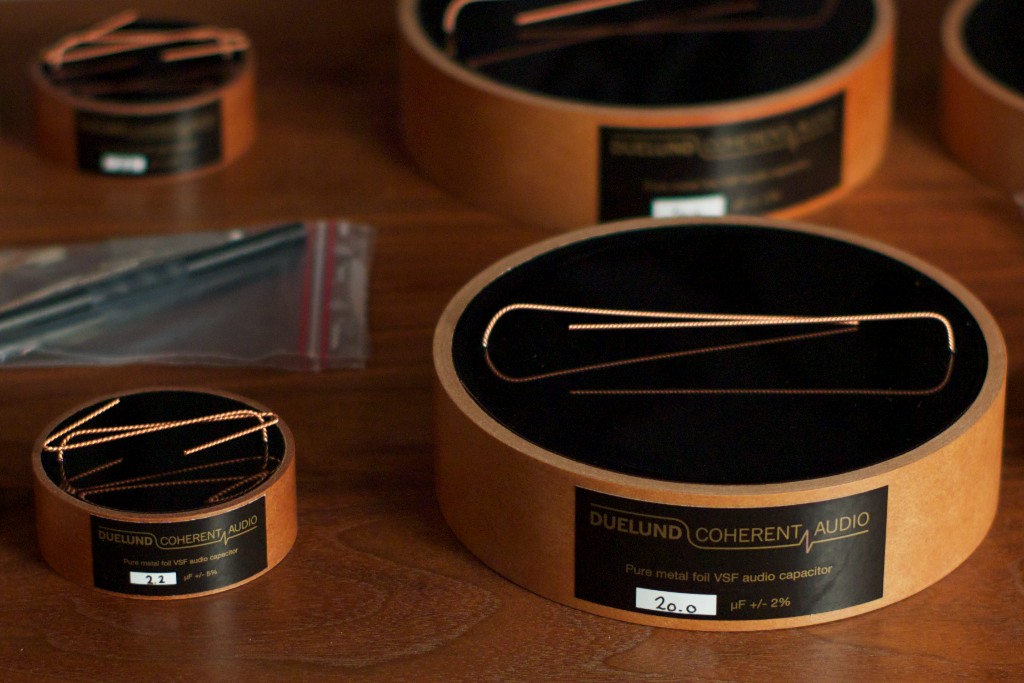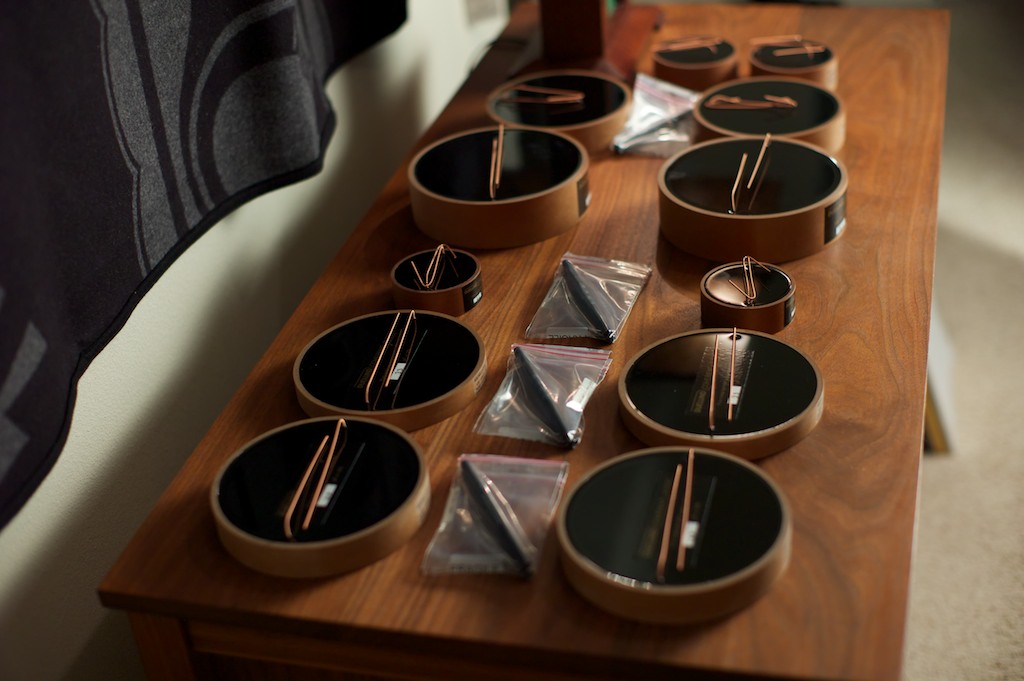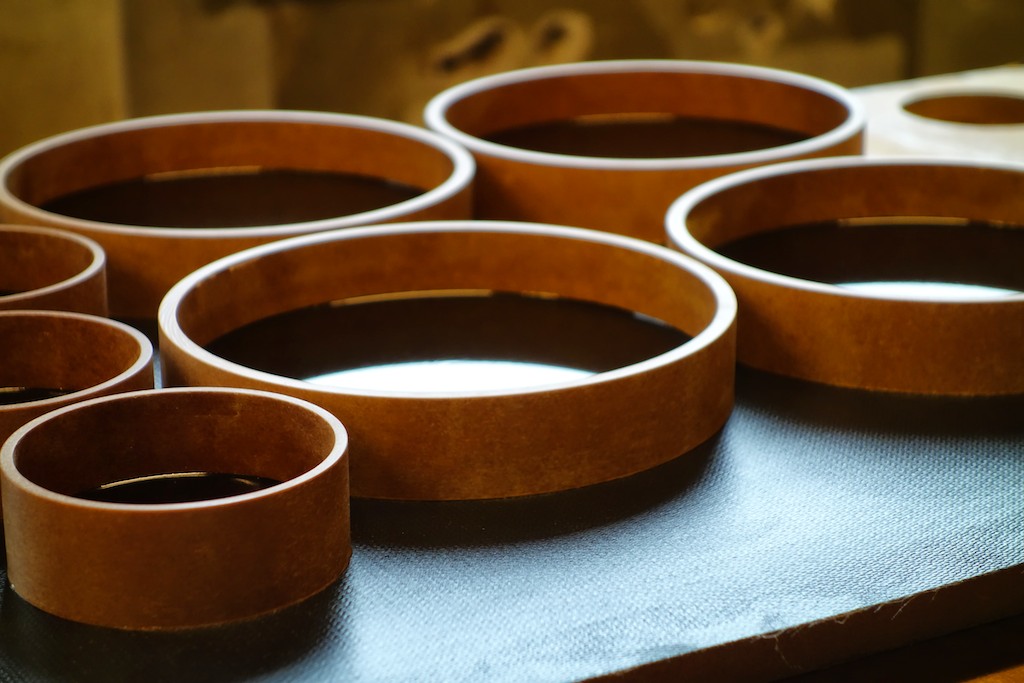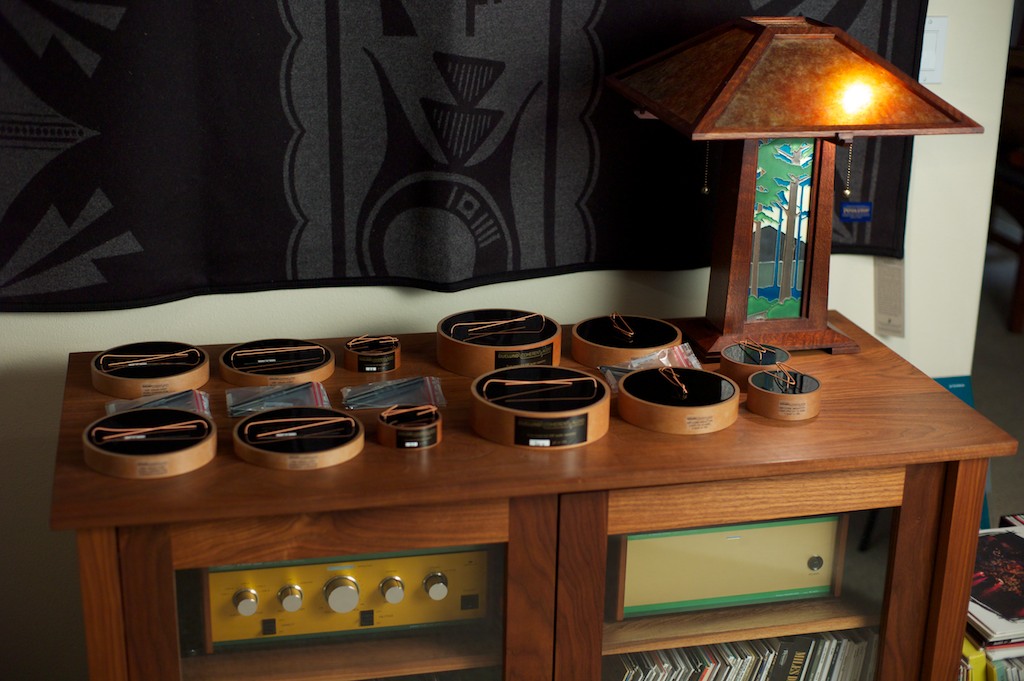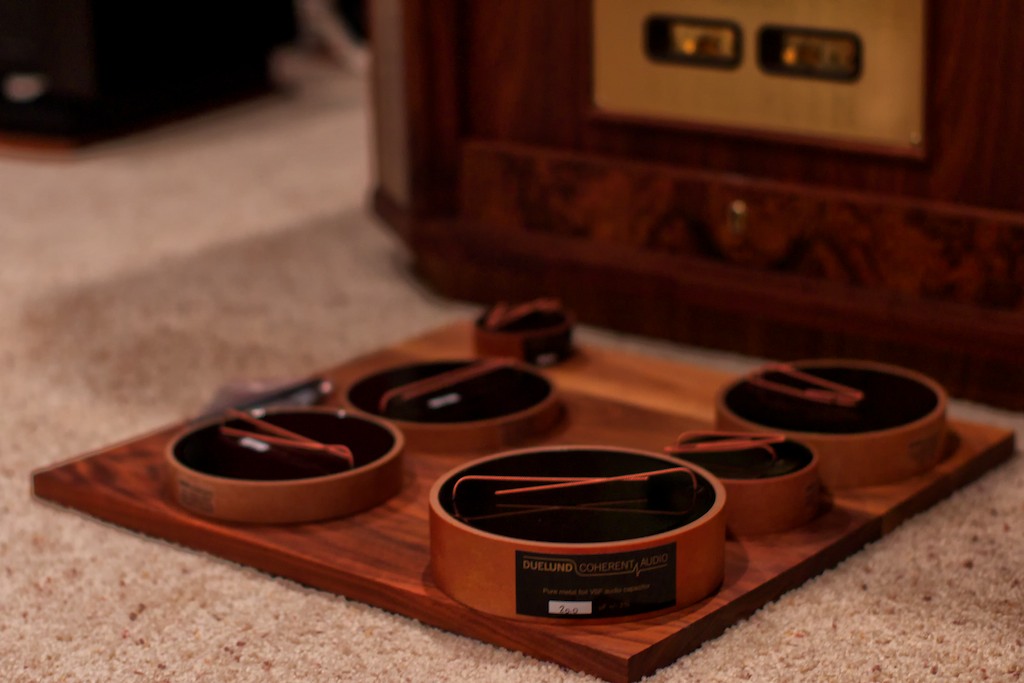Many of you who read Jeff's Place consider the Duelund Coherent Audio CAST capacitors to be the best capacitors in the world for audio applications, so I thought it would be interesting to learn about them in a little more detail. I asked Frederik Carøe (founder of Duelund Coherent Audio) if he would tell us a little more about their design and what makes them so coveted by the audio cognoscenti.
The Duelund CAST capacitors are the ultimate expression of Mr. Steen Aa. Duelund’s thirty-five years of research into perfecting capacitor design for audio use, and as Frederik said, “The legacy of Mr. Duelund is to never accept compromise, and that is a principle we proudly uphold in the Duelund CAST capacitors.”
Frederik told me that many capacitors today use an insulating plastic film as the dielectric because it makes them inexpensive to produce, but the problem with using plastic is that it noticeably degrades the audio signal, “With plastic you get what Steen would describe as an echo, masking the real details of the signal”.
So in the Duelund CAST capacitors Frederik doesn’t use any plastic, but rather only pure annealed soft copper foil in natural paper and oil, along with resonance control both inside and outside the capacitor. A capacitor is made using two foils with paper between the foils, which results in capacitance being created in the electric field between them. Each Duelund CAST capacitor is completely hand made in an incredibly labor intensive process:
“Foils of pure copper or silver are initially wound with paper to a certain value that is a good deal over the needed capacitance. Then the foil is put under vacuum pressure in an oil tank at high temperature for about a week, so that everything inside the winding undergoes vacuum impregnation and is permeated by oil. When this process is done, the resulting foil is wound by hand in a humidity and temperature-controlled room to an exact specification, and then it is placed back into the oil. Immediately after this process the winding is sealed by the use of a special lacquer, which is also used in the yacht industry to seal against moisture. This takes another week. During this process a ring of vacuum impregnated paper has been readied with a base of our CAST material."
"The winding is heated and then placed in the ring & base assembly and CAST material is poured on top of it in five stages, with air bubbles in the CAST material being forced out by applying a very precisely controlled flame to the surface (yes really!). This process takes another week. Following this step the capacitor is measured and checked (as it has been at every step along the way), and if everything is ok, then we ship it to the customer. The total production time is typically six to eight weeks.”
Other than their obvious high quality, one of the most striking aspects of the Duelund CAST capacitors are their large size and heavy weight, which is due to their perfectionist design using natural materials and pure metal foil – they simply have to be larger than mass produced capacitors using this approach.
Frederik says the careful selection of materials and this no holds barred style of design provides dramatic benefits for audio applications:
“From a performance standpoint, the main thing is an absolute lack of coloration, and a much more natural presentation – things don’t float around but stay locked in time and space. How you perceive and understand the layers in the music becomes greatly enhanced, primarily because of the sudden silence in between notes. Micro and macro dynamics take on a whole new meaning. Mr. Duelund would liken it to drinking Coke your entire life and then suddenly having a drink of pure water.”
In the Duelund-Westminster Project we are using the copper (Cu) version of the CAST capacitors in positions C1 (6u8), C2 (2u2), and C3 (3u3) in the high-frequency crossover (see schematic below). Silver versions of the CAST capacitors are also available should you desire that.
Update 1: I got an email from Frederik this morning that the new Duelund 200 uF CAST Mylar capacitor that he developed for the Duelund-Westminster Project will be shipping tomorrow. Here's a photo:
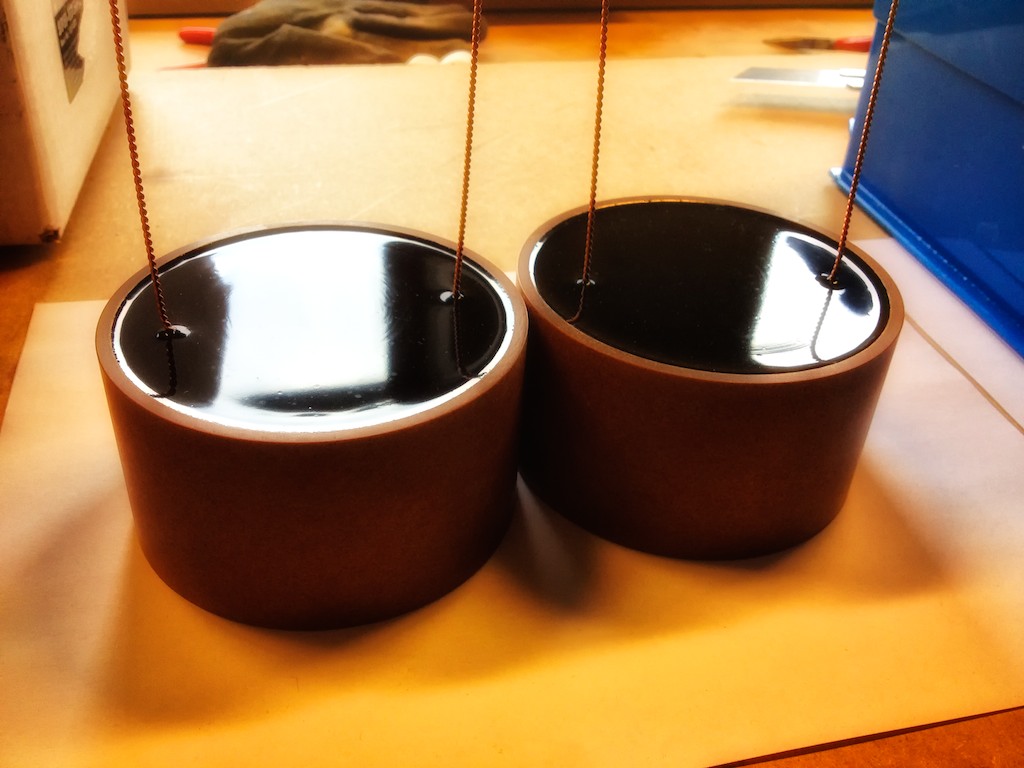 Aren't they gorgeous! I'll be telling you all about the new Duelund 200 uF CAST Mylar capacitor in a future post. This is exciting times my friends!
Aren't they gorgeous! I'll be telling you all about the new Duelund 200 uF CAST Mylar capacitor in a future post. This is exciting times my friends!
Update 2: Added HF & LF WRSE crossover schematics.
We'll be using the 200 uF Mylar capacitor in the C4 position of the low-frequency crossover, and in the C5 position we'll be using the 20 uF CAST copper capacitor (see low-frequency crossover schematic below).
In posts to follow I will be discussing the Duelund inductors and resistors we will be using in the Duelund-Westminster Project as well - more to come!
Thanks for stopping by!




